|
Visionary leaders are the builders of a new dawn, working with imagination, insight, and boldness. They present a challenge that calls forth the best in people and brings them together around a shared sense of purpose. They work with the power of intentional alignment with a higher purpose. Their eyes are on the horizon, not just on the near at hand. They are social innovators and change agents, seeing the big picture and thinking strategically.
There are profound interconnections between the leader and the whole, and true visionary leaders serve the good of the whole. They recognize that there is some truth on both sides of most polarized issues in our society today. They search for solutions that transcend the usual adversarial approaches and address the causal level of problems. They find a higher synthesis of the best of both sides of an issue and address the systemic root causes of problems to create real breakthroughs. Visionary leadership is closely related to the transformational leadership style. The major difference is between the two involves the focus on the future.Visionary leaders live more in the future and they often use a vision of the future as a way to mobilize followers. Visionaries who are successful at manifesting their visions base their leadership on an inspirational, positive picture of the future, as well as a clear sense of direction as to how to get there. Vision is a field that brings energy into form. Effective leaders broadcast a coherent message by themselves embodying their vision. The best visionary leaders move energy to a higher level by offering a clear vision of what is possible. They inspire people to be better than they already are and help them identify with what Lincoln called “the angels of their better nature.” This was the power of Martin Luther King’s “I have a dream” speech. The creative power of lighted, inspired words can sound a certain inner note that people recognize and respond to. This then creates dramatic social change. Like King, visionary leaders have the ability to sense the deeper spiritual needs of followers and link their current demands to these deeper, often unspoken, need for purpose and meaning. Visionary leaders often have the ability to see higher spiritual forces at work behind the scenes of events, and they align with the vision of these redemptive forces. Both George Washington and Winston Churchill spoke about the help they received from a “guiding hand.” Churchill said, “...we have a guardian because we serve a great cause, and we shall have that guardian as long as we serve that cause faithfully.” Sojourner Truth, a former slave, was guided by an inner spiritual experience to preach the emancipation of slaves and women’s rights all over the country during the Civil War. President Anwar Sadat of Egypt had a vision of Mohammed who told him to create peace in the Middle East. This vision is the hidden story behind the Camp David Peace Treaty between Arabs and Israelis. A visionary may dream wonderful visions of the future and articulate them with great inspiration. A visionary is good with words. But a visionary leader is good with actions as well as words, and so can bring his/her vision into being in the world, thus transforming it in some way. More than words are needed for a vision to take form in today’s world. It requires leadership and heartfelt commitment. A visionary leader is effective in manifesting his or her vision because s/he creates specific, achievable goals, initiates action and enlists the participation of others. What are the qualities and abilities of true visionary leaders? What is the mysterious inner process within leaders that enables them to work their magic and radiate the charisma that mobilizes others for a higher purpose? Visionary leadership is based on a balanced expression of the spiritual, mental, emotional and physical dimensions. It requires core values, clear vision, empowering relationships, and innovative action. When one or more of these dimensions are missing, leadership cannot manifest a vision. Reference Corinne McLaughlin (2001). The Center for Visionary Leadership
0 Comments
I had the honor of speaking to 250 high school students on November 3, 2017 at Mountain View High School and then 400+ Elementary Students at Estudillo on November 8, 2017. The talks with high school students was about belief, growth mindset, and dare to dream. The talks with elementary was to help students understand the importance about helping honoring veterans and thanking them for their service. But most importantly about capturing their heart about Math.
Hi Jordan,
Your interview is out: http://www.thecrazymind.com/2017/08/annapolis-creed-interview-with-dr.html It has been featured on the following social media sites: twitter: https://twitter.com/YCrazyMind/status/902560749813465088 facebook: https://www.facebook.com/ycrazymind/ google+: https://plus.google.com/u/4/collection/0DInNE tumblr: https://bookzane.tumblr.com/ scoop.it: http://www.scoop.it/t/me-and-my-crazy-mind stumble upon: https://www.stumbleupon.com/stumbler/SmediaZIN pinterest: https://pinterest.com/zsolt72/interviews-with-interesting-people/ Please read this entire post to understand! Annapolis Creed is not fiction. The events in my life actually took place. I share with you today how hatred (by some still continues in America) but I am a Warrior, A Marine, and an American that won't simply go away at the first signs of adversity. Above is proof for the delusional full of hatred that Annapolis Creed is not a fictional story! I felt anger today within but I have a new resolve for a different solution. A solution of coherence and focus.August 28, 2017 : 3:45 PM PST
Why do people do things like this? I am sharing this because sometimes bad news can become a positive. I came home and visited my Amazon page and found a negative book review as follows: Annapolis Creed is pure fiction and extremely poorly written. Please DO NOT waste your time and money to support such a shameless, arrogant, delusional fraud. Good luck to you Dr. Smith with the lies written in this book, I truly believe you are going to need it! In the future, please THINK before you write and foolishly self-publish. Amateur. Yes, I may be an Amateur, but this is not fiction. So here is my response to the comment. To talk about arrogance, shameless, and delusional fraud. Sorry prevaricators creed but the book is not fiction. The events at Annapolis in 1976 are a part of history, and I was the first Black to do so. So I suggest you look at Schneller (2006), All Hands Magazine, Ebony Magazine, Anne Arundel Times Newspaper, etc. So you are the one delusional fraud trying to get credit as a book reviewer (Quantum). Bad press and you need to review your information. No shame in serving my country as a US Marine. So according to you, there was no African-Americans at Annapolis in 1976, and Wesley Brown never graduated from the Naval Academy in 1949. I suggest you do your research before you criticize. I found out the account was just created as a book reviewer with one review of my book with a fake name (no guts). Angry but coherent because I have been there before. The post was removed and suddenly came back once again. Now I like it there because it double the followers on Twitter and on Annapolis Creed Facebook page in three days. I want to set the record straight. The images shown on this page are not part of the book but kept out for proof of the events. |
Dr. Jordan B smith jr.I attended the U. S. Naval Academy from 1972-1976 earning a B.S. in Mathematics. Served 20 years both active and reserve in the US Marines. Veteran of the Desert Shield/Storm. I earned a MAED and Ed D. specializing in curriculum and instruction from the University of Phoenix in 2015. I graduated from CBC High School in Clayton, MO in 1972. Archives
March 2024
Categories
All
|
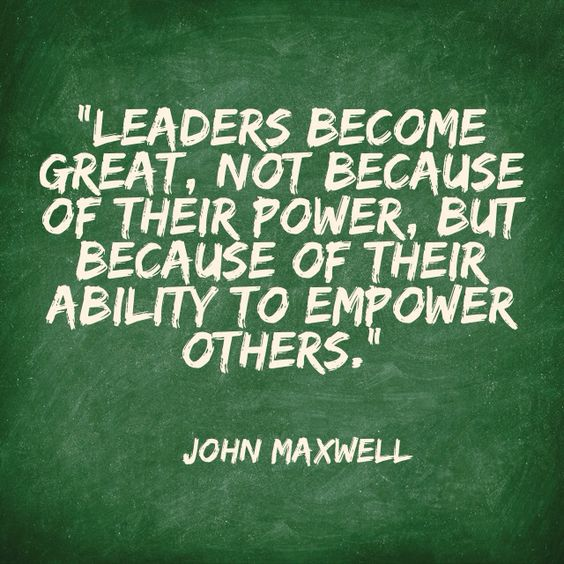


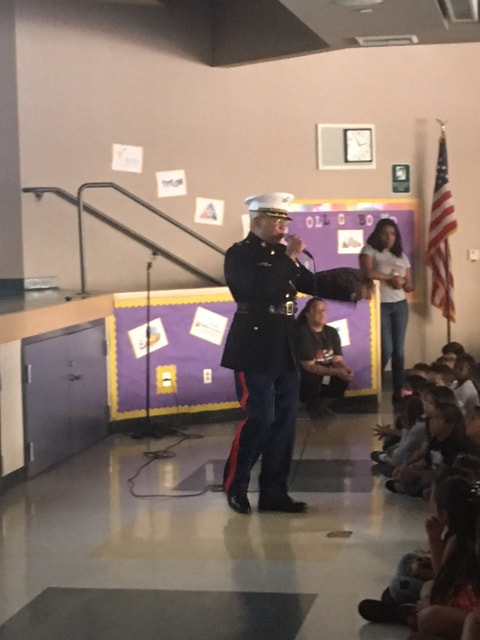
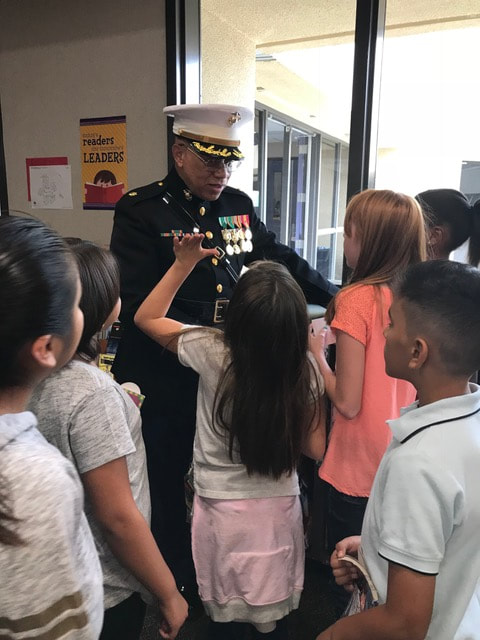
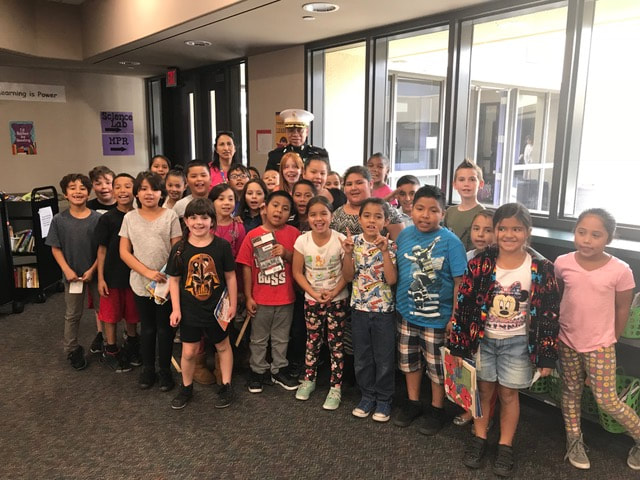
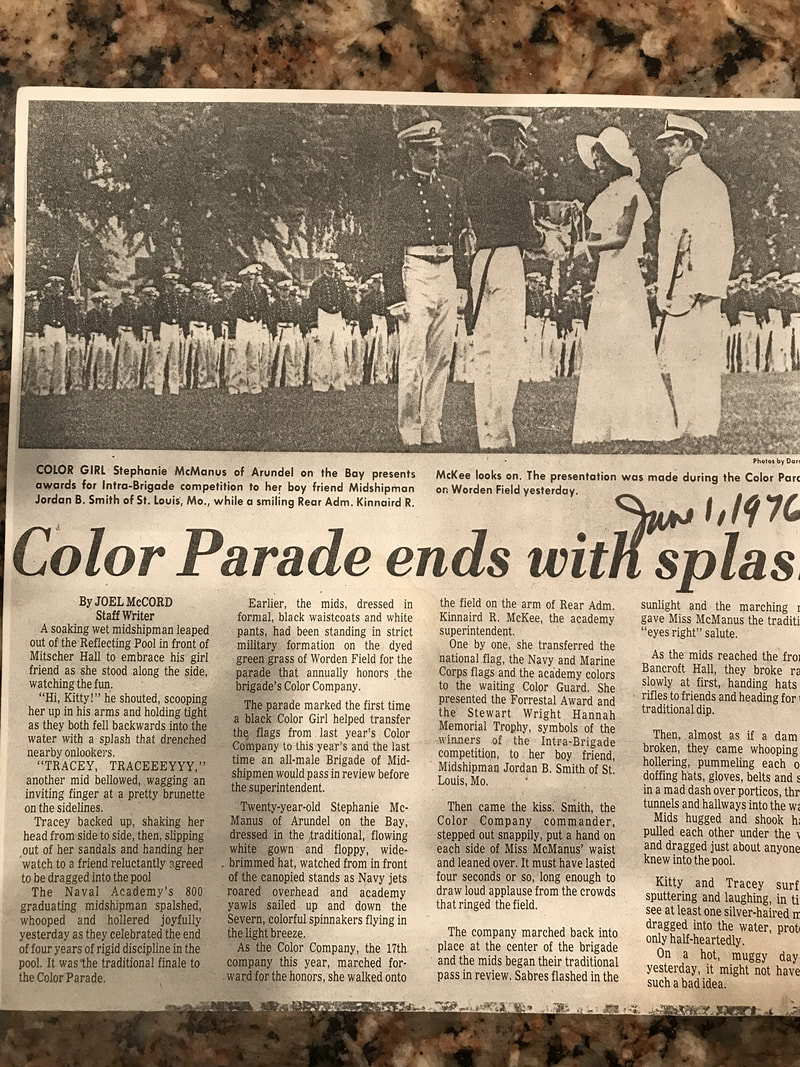
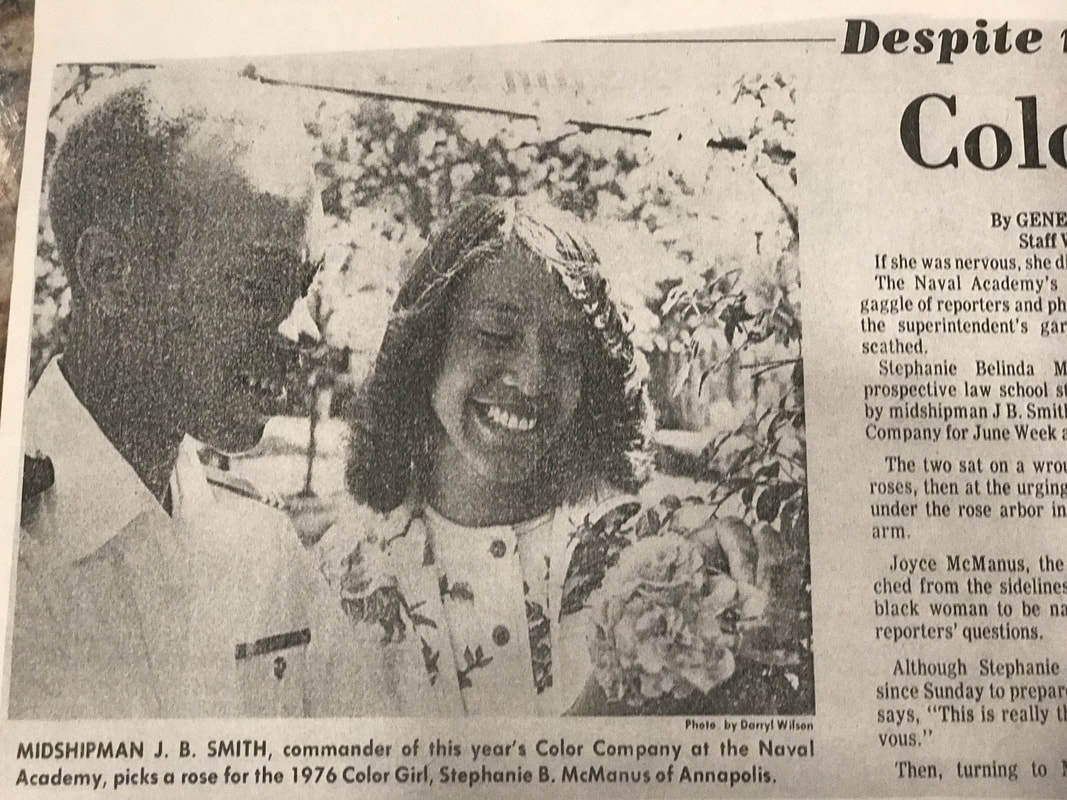
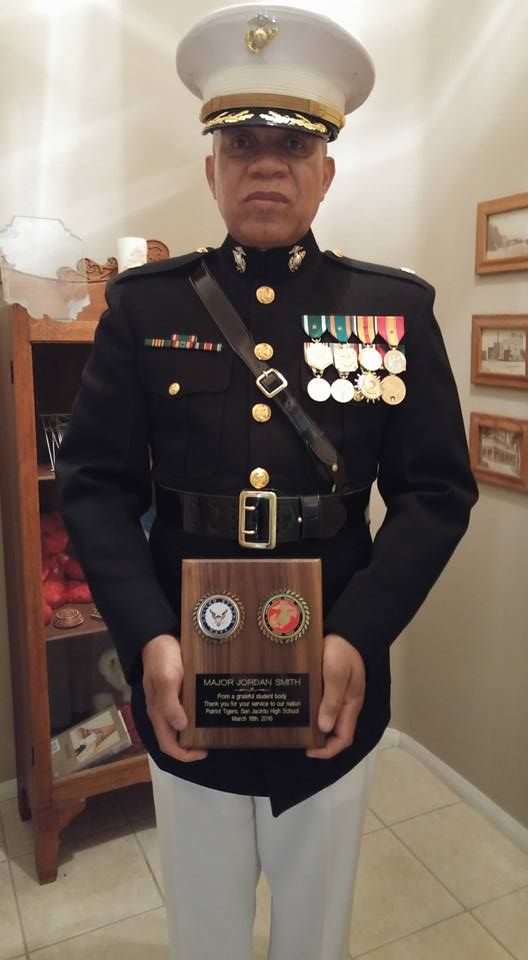
 RSS Feed
RSS Feed